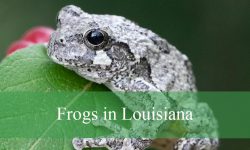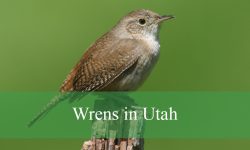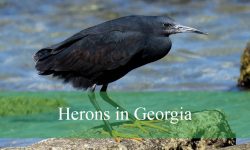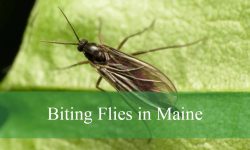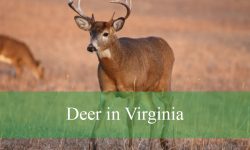Quail are small, lively birds that play a crucial ecological role in maintaining biodiversity across terrestrial ecosystems. In Washington State, two prominent quail species are the California quail (Callipepla californica) and the mountain quail (Oreortyx pictus). Though both belong to the pheasant family (Phasianidae), they differ markedly in appearance, behavior, habitat, and population dynamics. Understanding these differences is key for birdwatchers, photographers, and wildlife enthusiasts seeking to identify and appreciate these species in the wild.
This article provides an in-depth exploration of each species, including identification tips, physical characteristics, behavior, habitat preferences, distribution, diet, seasonal activities, and fascinating facts.
California Quail (Callipepla californica)
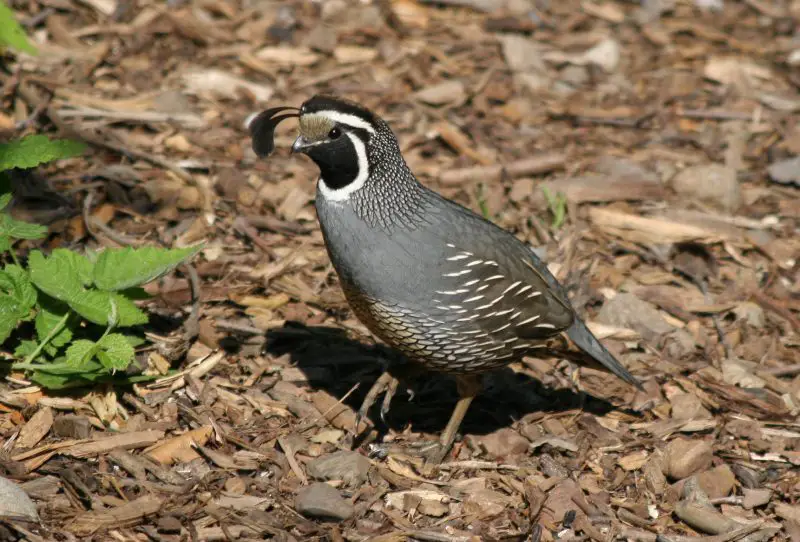
Identification Features
The California quail is a small to medium-sized bird, measuring approximately 10–12 inches (25–30 cm) in length. Its most distinctive feature is the forward-drooping topknot of feathers on its head, giving it a unique, teardrop-like silhouette. Male California quail are brightly colored, with a black face outlined in white, a chestnut-colored belly, and the signature plume. Females are more subdued in coloration, exhibiting gray-brown plumage that provides effective camouflage during nesting and brooding. Both sexes display delicate scalloped patterns across the chest and flanks, which enhance concealment among grasses and shrubs.
Size, Shape, and Plumage
California quail have plump, rounded bodies and short tails, with wings capable of short, rapid flights to escape predators. The male’s topknot consists of six forward-curving feathers, while females have a smaller, less noticeable plume. Males also display subtle chest patterns and buffy flanks that become more vivid during the breeding season, signaling maturity and fitness to potential mates.
Behavior and Social Structure
Primarily ground-dwelling, California quail spend most of their time foraging for seeds, leaves, and insects. They are highly social birds, forming coveys of 10–20 individuals outside the breeding season. Covey life provides protection against predators, increased foraging efficiency, and social learning opportunities. Within coveys, a hierarchical structure exists, with dominant males often taking the lead while foraging and maintaining vigilance.
During daily activity, California quail communicate through a variety of calls, including the distinctive “chi-ca-go” whistle used to maintain group cohesion. When threatened, they prefer to run rather than fly, relying on agility and camouflage to avoid predation.
Breeding and Chick Development
California quail typically breed in spring, with females constructing hidden nests under shrubs, grasses, or low vegetation. Clutches range from 12 to 16 eggs, incubated for approximately 21 days. Chicks are precocial, capable of following parents soon after hatching. Both male and female quail play roles in guiding chicks to food sources and teaching them predator avoidance strategies. Rapid growth allows juveniles to integrate into coveys within weeks, significantly enhancing survival rates.
Habitat Preferences and Distribution
California quail are highly adaptable, thriving in open woodlands, grasslands, agricultural fields, and even suburban areas. In Washington State, they are widespread, with higher densities in Eastern Washington, where open habitats are abundant. These quail roost in shrubs and hedgerows during nighttime, providing shelter from predators and protection from inclement weather. They are remarkably resilient to human-modified landscapes, which has contributed to the stability of their populations.
Seasonal Behavior and Adaptations
Although non-migratory, California quail exhibit seasonal behavior changes. In fall and winter, coveys often increase in size as birds gather in areas with reliable food and cover. Juvenile quail molt into adult plumage in late summer, allowing for camouflage and social integration. These birds also adjust their daily foraging patterns based on temperature and food availability, often seeking shaded areas during the heat of summer and sun-exposed cover in winter.
Diet and Foraging
California quail are omnivorous, feeding on a diverse diet of seeds, leaves, fruits, and insects. They scratch the ground to uncover hidden food, often working in small groups to increase foraging efficiency. Insects are particularly important during the breeding season, providing essential protein for chick development.
Fun Facts
The California quail is named after its abundance in California, but it has successfully expanded into Washington and other western states. Their unique topknot serves both as a visual signal in social interactions and as a key identifier for birdwatchers. Males perform elaborate courtship dances, fanning feathers and puffing the chest to attract females. Interestingly, these birds are capable runners, reaching speeds up to 10 miles per hour, and will only take flight when absolutely necessary.
Mountain Quail (Oreortyx pictus)
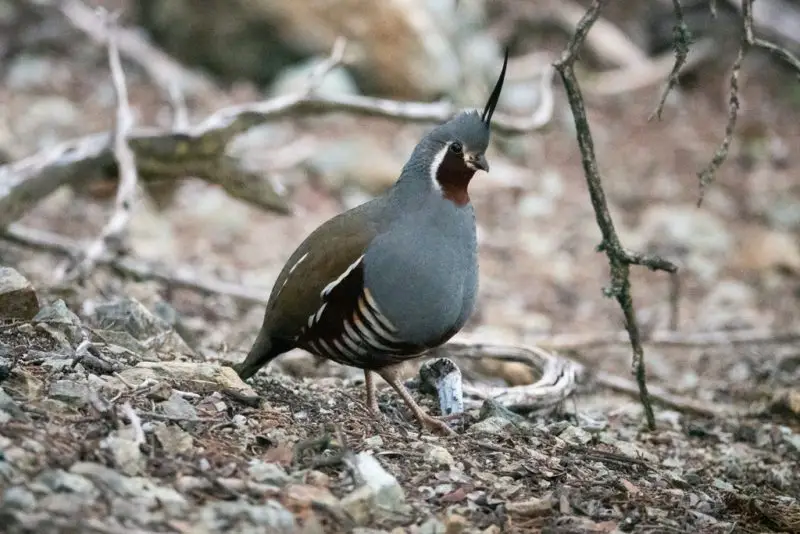
Identification Features
The mountain quail is the largest North American quail, measuring 11–12 inches (28–30 cm) in length. Its most noticeable feature is the upright topknot on its head, which distinguishes it from the forward-drooping topknot of California quail. Male mountain quail display a dark face with chestnut throat patches, while females are subdued in gray-brown plumage. Bold markings and upright posture make mountain quail highly recognizable, even in dense shrubbery.
Size, Shape, and Plumage
Mountain quail have robust, muscular bodies, short wings adapted for rapid flight bursts, and strong legs designed for walking and climbing steep slopes. Males are slightly larger than females, with brighter throat and flank patterns. These quail exhibit subtle seasonal changes in plumage, with slightly duller colors in winter months to improve camouflage in leaf litter and shrubby environments.
Behavior and Social Structure
Mountain quail are highly elusive, preferring dense shrubland, riparian corridors, and mountainous terrain. They are diurnal foragers, primarily consuming seeds, leaves, berries, and insects. Coveys are smaller than those of California quail, reflecting the spatial limitations of their rugged habitats. Mountain quail communicate using deep, whistled calls, which can carry through dense vegetation over long distances.
These quail rely on stealth, camouflage, and agility to avoid predators. Their behavior is highly cautious, with birds often freezing or moving silently when sensing danger. Unlike California quail, mountain quail rarely venture into open areas, making sightings relatively rare.
Breeding and Chick Development
Breeding occurs in spring, with females laying 10–12 eggs in concealed nests beneath shrubs or dense vegetation. Incubation lasts approximately 23 days, slightly longer than California quail due to larger egg size. Chicks are precocial, capable of following adults immediately after hatching. Survival depends on rapid learning and adaptation to steep terrain, as chicks must navigate slopes and avoid predators from an early age.
Habitat Preferences and Distribution
Mountain quail are native to Western Washington, with populations concentrated in the Blue Mountains and Columbia River Gorge. They favor dense shrub cover, mixed riparian vegetation, and rocky slopes, avoiding open fields. Habitat specificity makes mountain quail populations vulnerable to fragmentation and human disturbance. Conservation initiatives aim to protect these habitats and maintain viable populations.
Seasonal Behavior and Adaptations
Mountain quail exhibit seasonal movements primarily related to elevation and food availability. In winter, birds move to lower elevations or sheltered areas with abundant cover and food. Their diet shifts seasonally, incorporating more berries and plant material during colder months when insects are scarce. Roosting in dense shrubs helps them withstand harsh weather, and covey cohesion provides additional protection from predators.
Diet and Foraging
These quail are omnivorous, with a diet that includes seeds, leaves, fruits, and insects. Their strong legs allow them to scratch through thick leaf litter and navigate rocky slopes to find food. Unlike California quail, mountain quail tend to forage in smaller groups due to spatial constraints in their preferred habitats.
Fun Facts
Mountain quail are exceptional climbers, capable of navigating steep, rocky terrain that other quail avoid. Their unique topknot and bold markings make them visually striking, while their deep whistles facilitate communication in dense vegetation. Remarkably, they can live up to six years in the wild, longer than many other quail species, thanks to their elusive nature and effective use of rugged habitats.
Comparing California and Mountain Quail
California and mountain quail differ in size, topknot shape, coloration, habitat preference, and behavior. California quail are smaller, more colorful, and adaptable to a range of habitats, including open fields and suburban areas. Mountain quail are larger, more secretive, and strictly prefer dense, mountainous habitats. Understanding these differences is crucial for accurate identification in the wild.
Both species contribute significantly to Washington State’s ecosystems. They aid in seed dispersal, serve as prey for predators, and act as indicators of healthy habitats. Their presence reflects a balanced environment, making them a favorite for birdwatchers, photographers, and conservationists alike.
Conservation and Observational Tips
While California quail populations are stable, mountain quail are rarer and more sensitive to habitat loss. Observers should approach carefully, avoid disturbing nests, and respect protected areas. Binoculars and knowledge of habitat preferences increase the likelihood of successful sightings. Documenting behavior, calls, and physical characteristics helps researchers monitor populations and track habitat health.
Conclusion
Washington State is home to two fascinating quail species, each with unique adaptations and behaviors. The California quail thrives in a variety of open and suburban habitats, while the mountain quail specializes in dense, mountainous areas. By understanding their identification features, behaviors, seasonal adaptations, and ecological roles, enthusiasts can appreciate these birds’ beauty and significance. Both species highlight the diversity of Washington’s avian wildlife and the importance of conserving their habitats for future generations.
Frequently Asked Questions About Quail in Washington State
What types of quail are found in Washington State?
Washington State is home to two main quail species: the California quail (Callipepla californica) and the mountain quail (Oreortyx pictus). California quail are more widespread and adaptable, while mountain quail are rarer and prefer dense, mountainous habitats.
How can I identify California quail?
California quail can be identified by their forward-drooping topknot, rounded plump body, and intricate feather patterns. Males are brightly colored with black faces outlined in white and chestnut bellies, whereas females are more muted with gray-brown plumage.
How can I identify mountain quail?
Mountain quail are larger than California quail and feature a straight, upright topknot. Males have dark faces with chestnut throat patches, while females are gray-brown. They are usually found in dense shrubs or mountainous terrain, making sightings less frequent.
Where do California quail live in Washington?
California quail thrive in a variety of habitats including grasslands, open woodlands, agricultural fields, and suburban areas. They are especially abundant in Eastern Washington.
Where do mountain quail live in Washington?
Mountain quail prefer dense shrubs, riparian zones, and mountainous regions, mainly in Western Washington, including the Blue Mountains and Columbia River Gorge.
What do quail eat?
Both California and mountain quail are omnivorous, feeding on seeds, leaves, fruits, and insects. Their diet changes seasonally, with more insects consumed during the breeding season for chick development.
Are quail migratory in Washington?
No, both California and mountain quail are non-migratory. However, they may move locally within their habitat based on food availability and seasonal conditions.
How do quail behave socially?
Quail are highly social birds, forming coveys outside the breeding season. Coveys provide protection from predators and improve foraging efficiency. California quail coveys tend to be larger, while mountain quail coveys are smaller due to terrain constraints.
How do quail reproduce?
Both species breed in spring, with females laying clutches of 10–16 eggs. Eggs incubate for 21–23 days. Chicks are precocial, meaning they are mobile shortly after hatching and follow adults for protection and food.
Are quail protected in Washington State?
Quail are managed by the Washington Department of Fish and Wildlife. While California quail populations are stable, mountain quail are rarer and rely on habitat protection for survival. Hunting regulations apply to maintain population balance.
Fun fact about quail in Washington
California quail are known for their distinctive “chi-ca-go” call used to maintain covey cohesion. Mountain quail are remarkable climbers and can navigate steep, rocky terrain that other quail avoid, showcasing their adaptability to rugged habitats.

